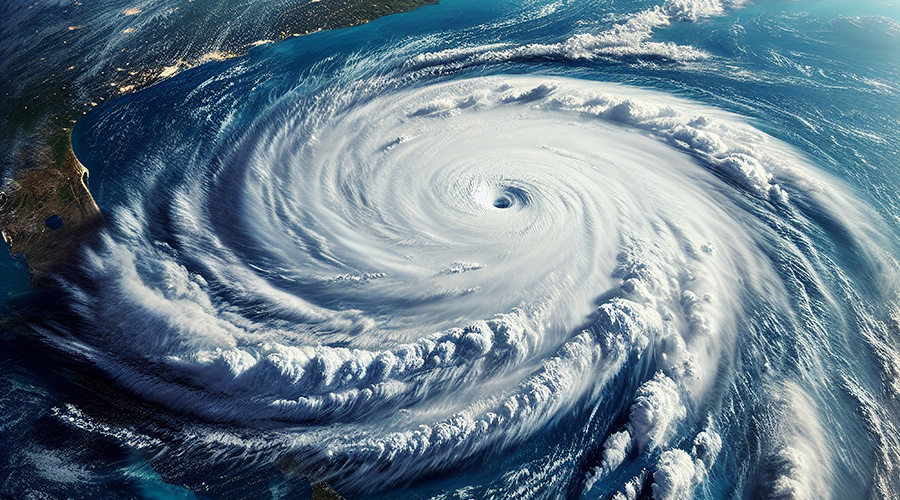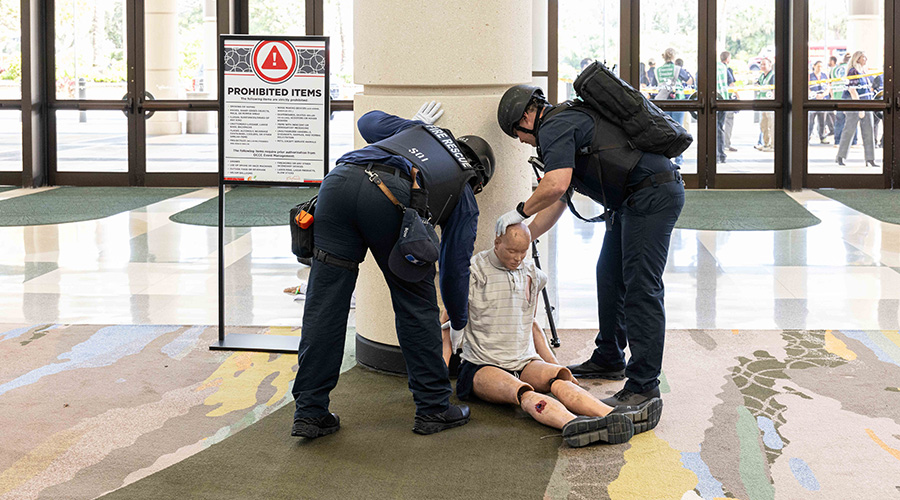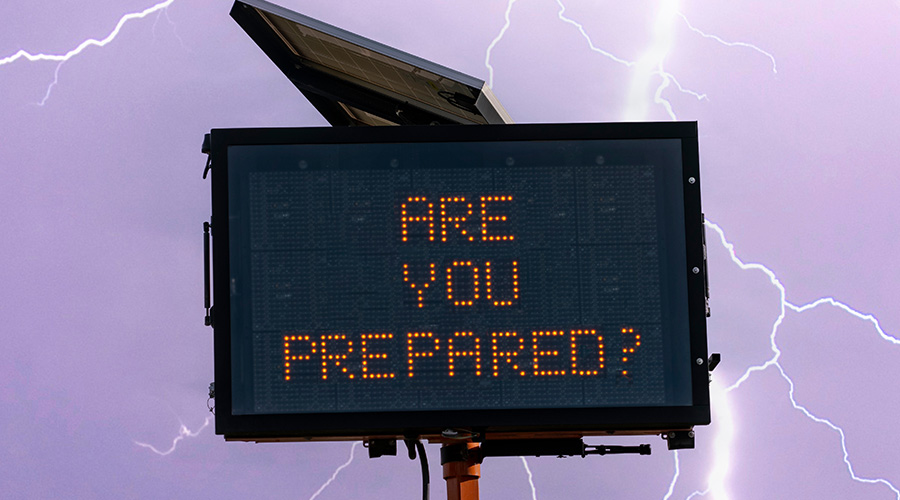Cold Truths About Facility Resilience
Unexpected cold weather challenges Clemson University’s facilities department to adapt emergency response plans and reopen damaged buildings quickly.
The next step in Clemson University’s emergency response efforts was to understand the impact of the burst pipes and flooding.
“We had about 20 or 25 employees walk every building on campus to check for any water issues that we were not aware of,” Harvey says. “We just wanted to make sure that after the first two days — Christmas Eve and Christmas Day — there was not anything still hanging out that we were not aware of. We built a spreadsheet that said what the issues were, what the status was, who was handling water remediation, who was handling respiration, the status and restoration timeline.”
They also determined which facilities required the most attention.
“In the priority buildings, for example, such as classrooms that we knew we needed to get open and had to absolutely have online, we prioritized those areas,” he says. “In student spaces, we knew students were going to be back before classes started, so we prioritized areas where students were housed. Then we kept up with the status and passed that along to stakeholders and academics and housing as to what the timeline looked like.
The university’s schedule for resuming classes meant the department would have to move quickly.
“The timeline we had was that classes started on (January) 11th,” he says. “The majority of the spaces were done at that point. It was amazing that we were able to get that much work done that quickly. We had some really good partners who worked with us to get to get done what we needed to do to make that happen.
“We have not finished every single thing yet, but the majority of the work was done by January 11. The majority of flooring and all that type of stuff was done in the middle of April and spring break.”
Answering the call
One potential complication for providing an effective emergency response was the fact that the crisis occurred on Christmas Eve.
“We had some people who were out of town, but our staff was awesome in reporting to work,” Harvey says. “Pretty much everybody we were able to get a hold of responded, and they were happy to do so, and they responded the following day on Christmas Day to get things done.
“Our custodial staff worked those first couple of nights doing water remediation. HVAC and plumbing, life safety groups all had a lot of people who showed up on Christmas Eve and Christmas Day to come in and assess damage, get water turned off and make repairs on systems. Our area shops also helped out. We have central and perimeter areas, and they came and walked their buildings to make sure they didn't have any issues."
Harvey’s responsibility was to coordinate personnel, materials, contractors and schedules to ensure the damaged facilities returned to operation as quickly as possible.
“My role was to be on site helping to schedule the vendors and contractors we had doing the emergency response for the putback,” he says. “We had an (emergency response company) point of contact, and I worked with our HVAC shop manager as far as what needed to get done. I kept up that large spreadsheet that had every building and all their statuses.
“I assumed a project manager role as far as the putback of everything and ensuring that we're getting the contractors in and getting the purchase orders sent into them and getting them paid. I was also communicating with the building occupants and any of our buildings’ security coordinators. We needed to coordinate with them to get access to spaces.”
The events of December 2022 have prompted Harvey and his team to revisit and rethink certain aspects of Clemson University’s facilities.
“Especially in our new construction, we’ve started to have conversations about making sure we have the ability to monitor steam flow and about adding sensors and drain pans,” Harvey says. “We’re also reviewing all the locations of sprinkler heads and water lines. We have a brand new building that had some damage because it had a sprinkler head located in a vestibule. The cold air coming right at the vestibule door got the temperature in the vestibule down so low that it caused that to bust. If we're going to do that, we have to make sure we're insulating properly. Mainly, it gives us a fresh look on especially on construction and what we’re doing to mitigate something of that nature.”
Dan Hounsell is senior editor of the facilities market. He has more than 30 years of experience writing about facilities maintenance, engineering and management.
Related Topics:













